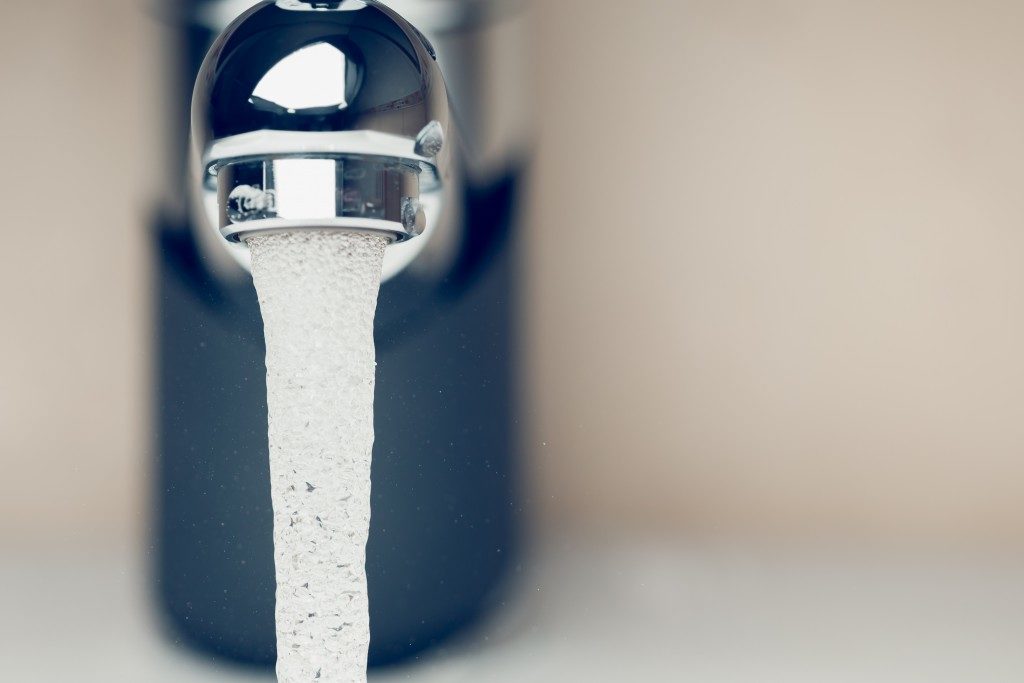Water is vital in our everyday life. We use it for almost everything, from our baths to the dishes. Access to water should not be worrisome, but of course, there can be times when there are problems with our water supply.
Australia is one of the driest inhabited continents on Earth and is also the greatest consumers of water. An average of 100,000L of freshwater per person is used each year. Aside from residential factors, water is used in different industries like agriculture and mining. The country is vulnerable to droughts due to climate change, but there have been ways to counter this through water conservation.
Apart from than drought, there are problems that people encounter in residential areas, and that is poor water pressure. It can be remedied by installing a cold water booster set, or have collecting tanks or reservoirs. Nevertheless, problems can happen unexpectedly. Here are some common causes for poor water pressure that you may check before taking action:
-
Water supply malfunction
There are times when water pressure in taps and plumbing becomes low, and you may have already checked your system two to three times and still find no fault. The poor water pressure that you might be experiencing is due to the malfunction on the public water supply system in your area. You can get in touch with your local water supplier if you suspect that it’s the problem. This will also notify them and check if there are indeed problems in their system.
-
Incorrect pipe sizes
This is common with homeowners who are cutting corners when it comes to fixing their plumbing problems. Most insist on DIY even if they do not have a background in fixing water systems. A sudden drop in the water pressure can be noticed if this is the case. They might have chosen a smaller pipe than what a standard should be.
-
Mineral build-up
Water pipes are prone to mineral build-up because the water has natural minerals in it. This can be observed in stained taps. The white stuff you see on the taps are most likely caused by calcium from hard water and over time it can affect the pipes. This is usually remedied by flushing sediment and mineral deposits with a specialised plumbing chemical.

-
Corrosion
Water is a universal solvent, and it can affect steel or galvanised iron pipes. This is almost similar to mineral build-up problems. Over time, corrosion can also build up and cover a huge portion of the pipe. Complete removal and replacement of new pipes is the only way to solve this problem.
-
Faulty taps and fixtures
This is a common problem in old houses with aged fixtures. It may be time to replace and update the fixtures in the house if that is so. But new fixtures in bathrooms and kitchens can also be faulty. Better check their functionality before buying and replacing them.
-
Leaks
Leaks are not evident most of the time because the plumbing system is hidden from plain sight. One way to know if there are pipe leaks is to record the meter reading. Shut off all valves and taps in and out of the house, then record the meter. Check it again after a few hours if there is any difference.
Water is life, and is crucial in our everyday lives. Lessen your water problems by regularly checking pipelines and taps. And if there has been an observed water pressure problem then you can diagnose it yourself with these guides, or have professionals help you to get a permanent fix.

